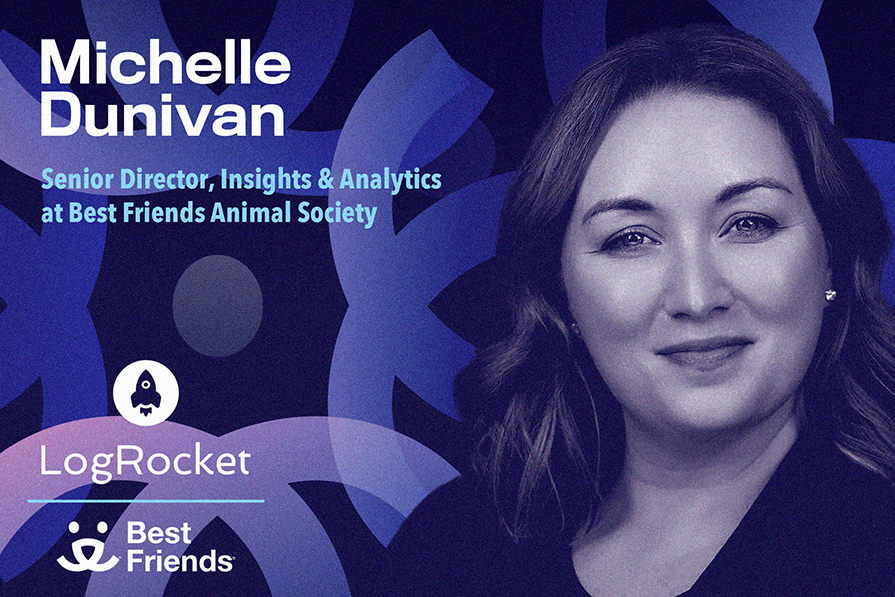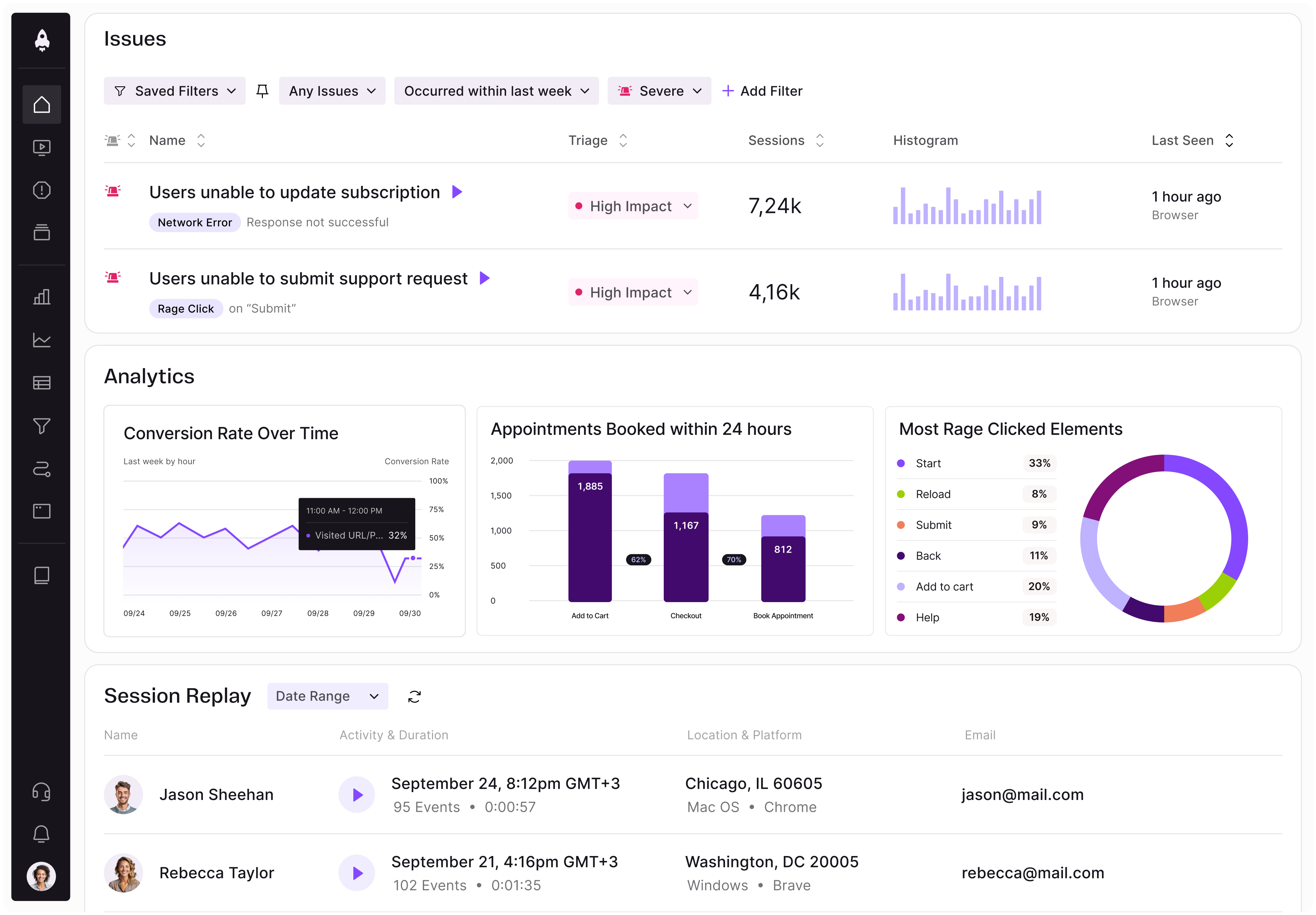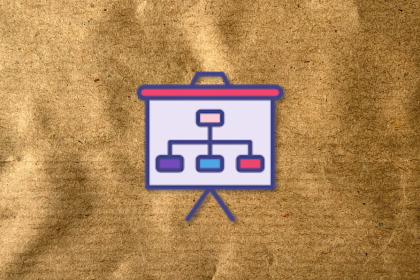Michelle Dunivan is Senior Director, Insights & Analytics at Best Friends Animal Society, a leading animal welfare organization that’s working to end the killing of dogs and cats in America’s shelters in 2025. Earlier in her career, Michelle taught at the college level and consulted and then transitioned to work in research at the University of Arizona’s communication department. Prior to joining Best Friends Animal Society, Michelle served as a data specialist at the Arizona Supreme Court and, later, as the Director of Data Integrity and Analytics at the Judicial Branch of Arizona in Maricopa County.

In our conversation, Michelle talks about the importance of creating authentic, trusting relationships with your manager, team, and coworkers. She also shares tips for getting buy-in during transition periods, including planting seeds, promoting transparency, and remaining optimistic.
It’s essential to build trust with your coworkers, be transparent, and share any findings that you uncover in their data. You want them to trust you to dig into the details of what’s going on in their programs and feel confident that you would never use that data against them.
Having a strong, authentic relationship with your boss is also very important. You want to be able to share barriers and concerns with them. This type of relationship takes time and effort to build, but it makes or breaks a workplace experience. We’ve all heard the adage that people don’t leave organizations, they leave their managers. That’s important in a lot of ways, but especially in the data insights field which involves getting into everybody’s business. You often need backing from your boss — they may need to advocate for you and, in some cases, help you understand areas of the business you’re unfamiliar with.
Absolutely. It’s my role to figure out who’s willing to make a change and where. You can invest a lot of time and effort into a program unnecessarily. I’ve come across plenty of programs where the leader says, “We’re doing just fine — we’re not interested in growing. Our directive is not to get bigger or become more efficient, it’s to maintain the status quo.”
Another consideration is that evangelizing can sometimes come across as demeaning. Since my goal is to change someone’s way of working for the better, I work hard to build that trust and truly understand where they’re coming from. It’s a give and take across all the departments that I work with. I can also identify the people who are open to investing the time and effort required to clean their data, to start collecting more data, etc.
It takes a big time investment on my team’s part — a lot more than you might expect. We have to go pretty far down the road to demonstrate the possibilities. Talking about it in abstract terms can make it very hard for non-data people to wrap their heads around. It’s like “OK, you’re telling me you might be able to show a 5 percent improvement. That doesn’t really help me.” Also, it can feel scary to think someone is going to come in and say, “I’m going to look under the covers and see everything that you’re doing, and I’m going to assess whether or not you’re doing it well. Then, I’ll tell you what to change.”
Instead, we come in with a much gentler version. We’ll share data that shows a possibility, and explain that it is an example of how we might be able to provide an insight. Our goal is to open up a conversation and be very clear that this is just an idea or proof of concept — it’s not necessarily the data that we need to use or the change that we want to make. We like to ask for input on tweaks we can make, that way people feel included and heard in the process.
With that, our team has to invest significant time to identify what those data points are, clean them up, analyze them, and visualize them. Then, we mull over the information and consider how we can best help that other team. As far as getting buy-in, it’s essential to invest time and innovate. It’s important to know that we’re not going to hit the mark every time, but we’ve got to start somewhere.
During the pandemic, I advocated to address data quality issues in the organization that I was working with. We had worked together to pull up some data and I said, “We could help you gain valuable insights, but we’re seeing some data inconsistencies. We’re going to need your team to go back and clean up hundreds of records.” The organization worked with vulnerable populations, so the data clean-up work wasn’t something that we wanted to leave to automated programming.
When the pandemic hit, a lot of people began to work from home, but many didn’t have jobs that could be done remotely. So, we looked for other opportunities for them. This was my chance to say, “I know everybody is stressed to the max right now about taking on another initiative, but we’ve already been talking about this. These people need work to do. Let’s train them on what needs to be looked at, how it needs to change, and then we can chip away at this backlog of data quality.”
The business said, “Actually, yeah — that would be a good thing for people to do at home. They just need to be connected to our systems.” It still took a while to then decide how many people to train and onboard onto this project. I always underestimate just how long it takes to get buy-in and to work out the change management around a new initiative.
With that said, I find it really important to have a lot of ideas about where you’d like to change data and analytics. Then, along the way, plant those seeds and be opportunistic. When that opportunity arises, seize it — double down on it and don’t let it go. That’s what we did, and it worked.
What was great about this initiative is that we worked with a variety of groups. We onboarded people who weren’t even in our department to do the data clean up, and, through this, we demonstrated that with adequate training and resources, we could upscale anybody to do that work. Once we cleared the backlog, we transitioned to more of a maintenance phase. At that point, it was easy to hand the project back to the original data steward to maintain it.
In the end, I was so happy with the results. We had a leadership standup where everyone talked about the progress that they’d made and their accomplishments. Other departments also touted their progress on this initiative, which demonstrated the buy-in, and each department wanted to celebrate the win and take ownership.
As a new leader, when you come in to build or transform a team, you need to take the time to understand not only what’s happening in the data world and landscape, but the broader IT landscape, values, and business decisions. Also, as I mentioned, building an authentic relationship with your manager and establishing trust with your team is so important. Some people will be excited to have a new leader join, but others will need you to prove yourself before they trust you.
Building that trust may take longer than you expect. It also takes time to identify people’s skills, because often, people are put where they’re needed — not necessarily where they’re best suited. I also think that the direction the department has gone in can differ from what it actually needs. You’ll need to evaluate if the current resources are adequate. Do you need to re-skill? Do you need more people? Do you need a skillset that can’t be self-taught?
This can be especially difficult in an organization that’s been around for a long time and where people have sort of fallen into data instead of being formally taught. Subject matter experts are essential to a data team’s success. That’s why it’s important to make sure you have the right balance between people who know the business needs inside and out and those with a deep understanding of business analytics tools and techniques. What direction are they going in? What are the building blocks to get you there?
There are some through lines for sure. When I was working in product development, I definitely looked for a balance of detail orientation and big-picture thinking. Data analysis requires a high degree of detail orientation, but when we share the results or demonstrate how to apply it, we have to be able to see the big picture. The right questions or assessments can help uncover those characteristics in a candidate.
The other trait is curiosity. I want somebody who’s really excited about problem solving. It’s possible to evaluate this with interview questions, and I particularly like to gauge if a candidate can look at their mistakes and be OK with them. Some people that I’ve interviewed are accustomed to hiding their mistakes, and to me, that’s a red flag. When we innovate, we’re going to fail somewhere along the way. We shouldn’t be embarrassed by that. We can be disappointed or frustrated, but we have to be willing to acknowledge when something didn’t work and understand why.
I ask them to tell me a time when they made a mistake. What did they do? Who did they tell? Of course, we don’t want to take unnecessary risks, but we progress by making mistakes along the way and learning from them.
It’s similar to the “tell me about a recent time you had a conflict” question. If they say, “You know what? I can’t think of one,” I conclude that they’re not very passionate about their work. We should care deeply about the work that we’re doing, and we really don’t care enough if we can’t make the effort to disagree with somebody. Conflict doesn’t mean fighting — it means disagreeing about what we feel is a barrier to something we need to accomplish.
As I’ve mentioned before, having a true, authentic relationship with your manager and your peers is the best way to bring people along for the journey. Complaints go up, not down, so you don’t want to complain to your team, but I do feel it’s important to commiserate with them and acknowledge any frustrations. Transparency is important too. You should be able to trust your team with information that you might learn early on, to the extent that you’re able to.
For example, if a decision hasn’t been made yet, I try to bring in someone from my team to give initial feedback. That helps me because if I can take that information and push it up the chain, or demonstrate it with my actions, we can make the product better and build more trust. We can’t do that with everything, but those honest conversations are crucial. Then, when we get to a point where we’re developing or implementing something, it’s not a surprise. That’s one of the best ways to bring people along.
Finally, everybody’s capacity for change and level of resilience is different. Some people on your team will need longer to pivot, but that’s OK. As a leader, it’s your responsibility to reassure them that their voices are heard and that now, we have to jump in and try this out. That is where trust and open, honest conversations go a long way.

LogRocket identifies friction points in the user experience so you can make informed decisions about product and design changes that must happen to hit your goals.
With LogRocket, you can understand the scope of the issues affecting your product and prioritize the changes that need to be made. LogRocket simplifies workflows by allowing Engineering, Product, UX, and Design teams to work from the same data as you, eliminating any confusion about what needs to be done.
Get your teams on the same page — try LogRocket today.

A practical five minute revenue estimation method to help product managers compare ideas, drop low impact features, and prioritize smarter.

A practical guide for PMs who want to stop being bottlenecks, delegate smarter, and lead teams effectively with a clear ownership framework.

Stop letting unreliable data block features. Treat data as inventory to track quality, ownership, and ship with confidence.

Learn why slide decks slow teams down and explore better tools like whiteboards, PRDs, and prototypes to improve collaboration and alignment.